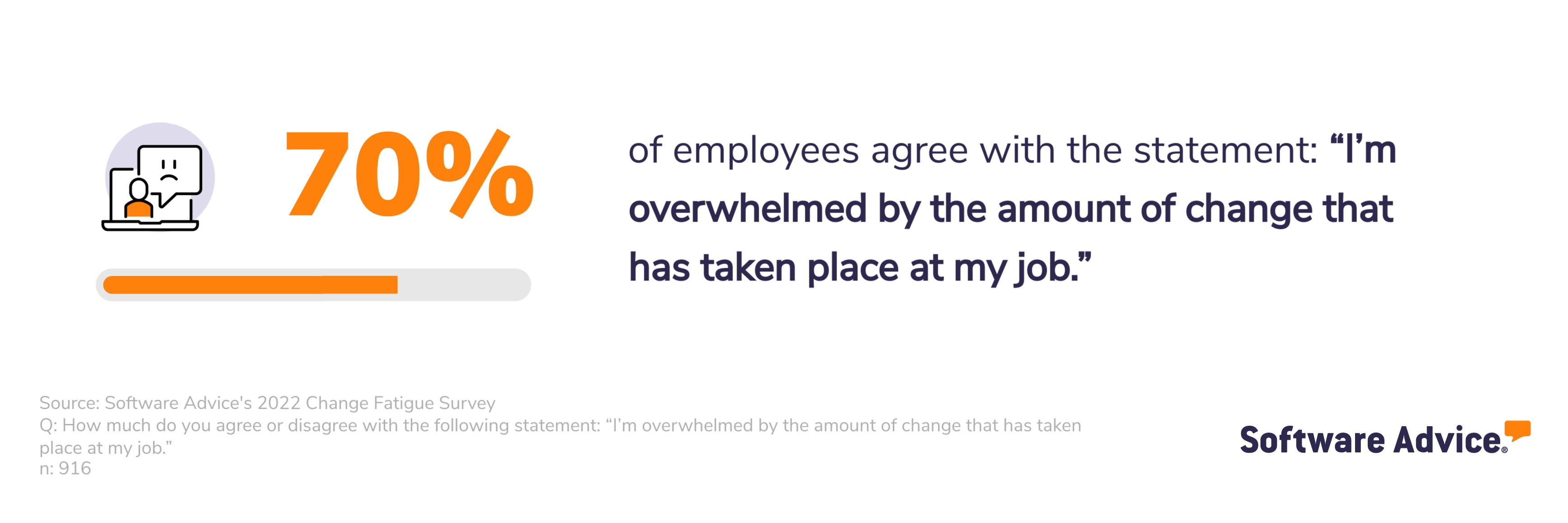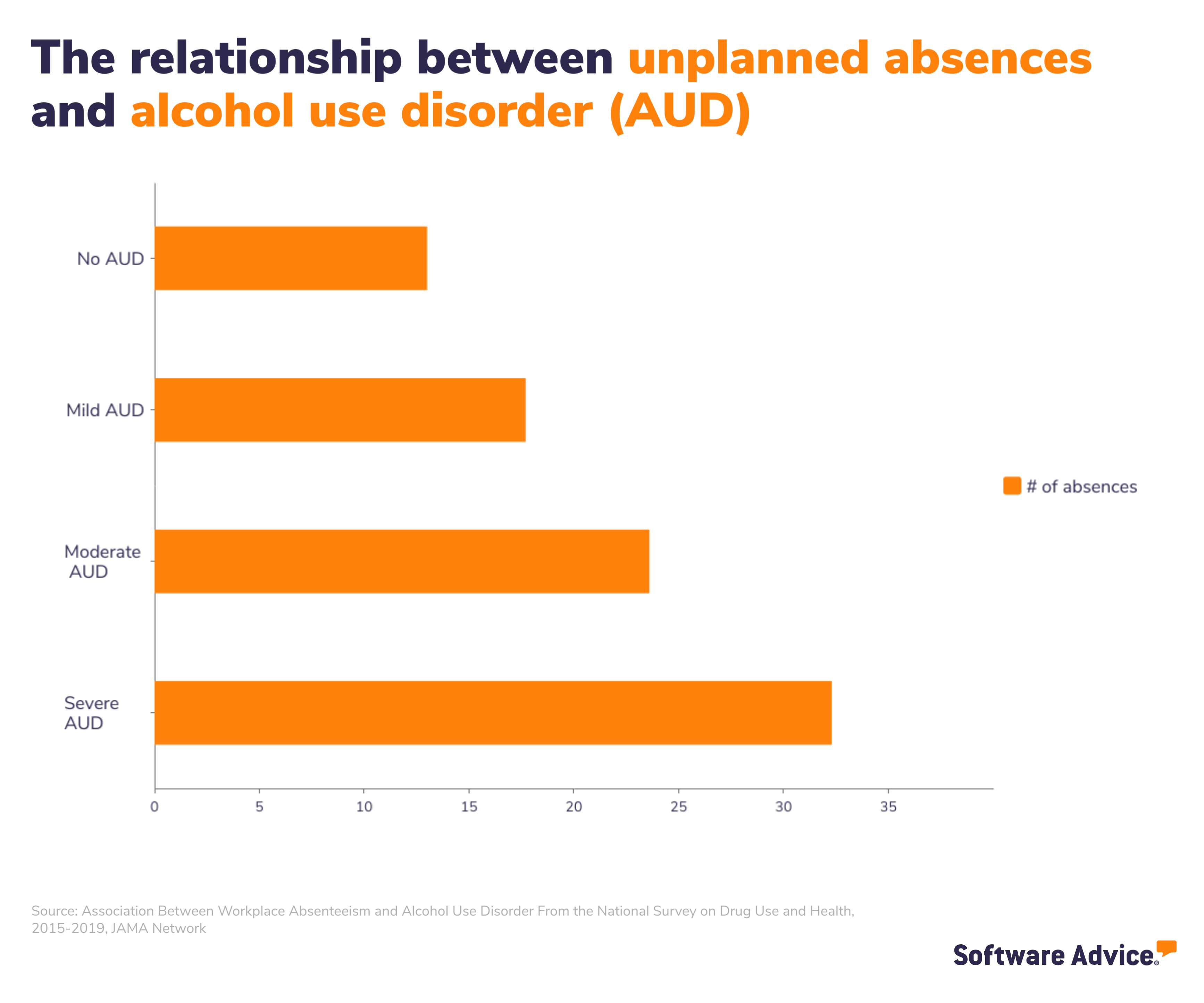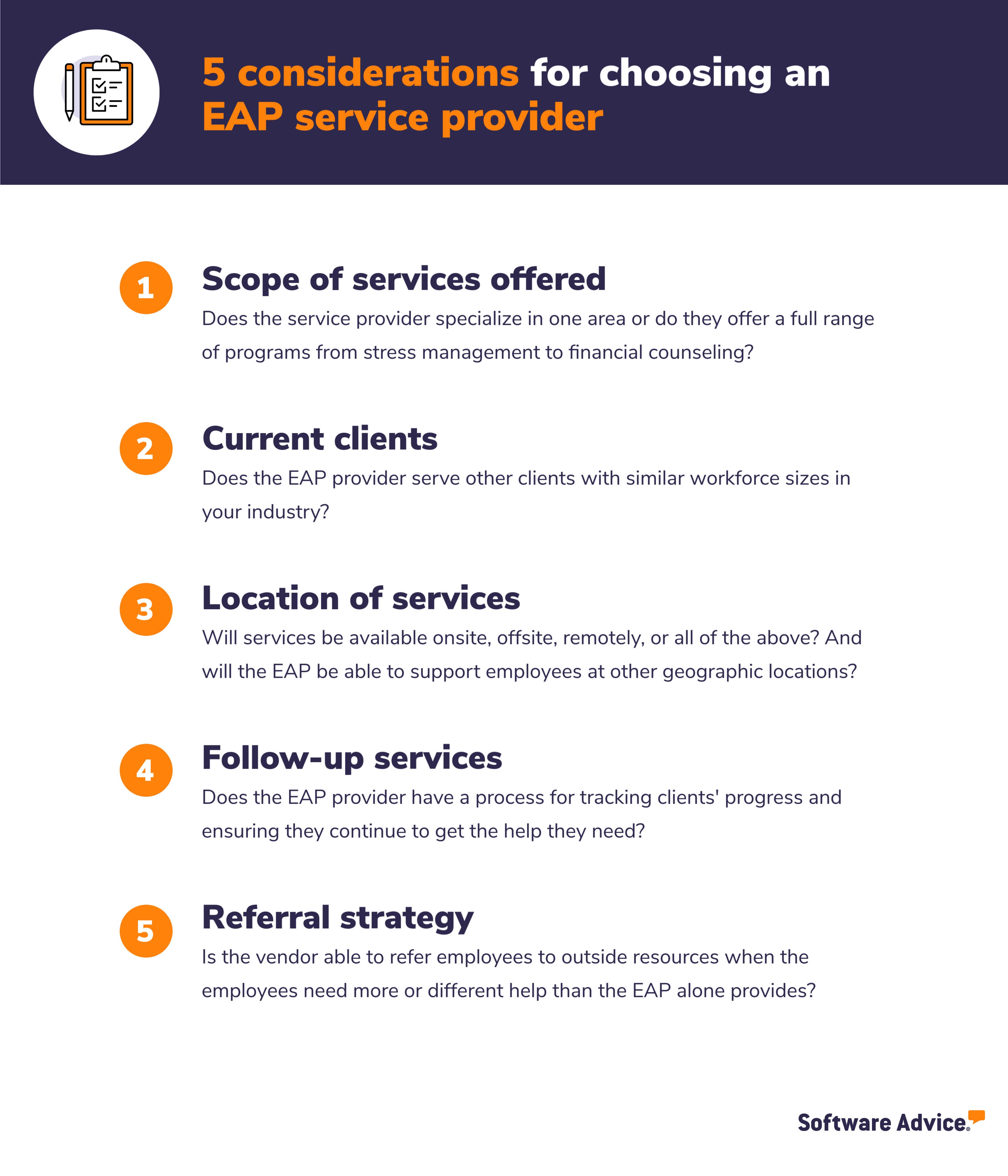What Is an Employee Assistance Program, and Do You Need One?
According to Gartner, employee assistance programs are the most commonly offered mental and emotional well-being program amongst organizations [1]. That said, if you haven’t yet introduced EAPs to your workforce and you’re wondering whether you need to, the answer is yes.
Ahead, we’ll break down everything you, a benefits administrator or people director, need to know when exploring the possibility of utilizing employee assistance programs as a means of improving the employee experience at your organization. With the help of insights from Gartner, we’ll touch on the different types of employee assistance programs, the benefits they offer, and considerations for adopting them.
What is an employee assistance program?
Employee assistance programs (EAPs) are a type of employee benefit provided to workers to help them navigate personal or work-related issues. In their glossary [2], Gartner defines EAPs like this:
“EAPs provide support to employees experiencing various issues, which often include substance abuse, emotional distress, major life events (births, accidents and death), occupational stress, financial or healthcare concerns, and family/personal relationship issues.”
What are the benefits of employee assistance programs?
In Software Advice’s Work Friction Survey*, we asked over 900 U.S. employees if they agree with the following statement: “Mental health benefits are offered to all employees and covered at the same level as physical health benefits.” 41% of respondents disagreed to some extent.
Employee assistance programs are primarily focused on providing support for workers experiencing challenges that take a toll on their emotional and mental wellbeing.
Considering our survey results prove that this particular kind of employee benefit is often lacking from organizations, rolling out an EAP is unquestionably a win for employers who are hoping to improve their employee experience.
To get a little more specific, we’ll take a look at three benefits of EAPs below.
Better stress management
According to a different survey** conducted by Software Advice, the majority of employees are overwhelmed by the amount of change that has taken place at their jobs:

And amongst those suffering from change fatigue, a whopping 83% say their employer has not provided enough tools or resources to help them adapt.
Employee assistance programs can fix this by providing access to confidential support for issues in- and outside of the workplace. They can also equip employees with stress management tactics they can use to prevent further burnout.
Lower absenteeism rates
Absenteeism is a term used to describe a pattern of unplanned absences from work. Employees with abnormally high absenteeism rates may be dealing with a personal issue, workplace conflict, or burnout—all of which EAPs provide support for dealing with.
JAMA Network recently published a report considering the relationship between addiction—specifically, alcohol use disorder (AUD)—and absenteeism [3]. The results showed that the mean days missed from work were statistically higher among individuals with AUD:

Considering that many EAPs offer support for those struggling with substance use disorders [4], it’s not a stretch to say that providing these services can help lower absenteeism rates at your organization.
Higher employee productivity
Productivity losses are typically caused by either absenteeism or presenteeism (a term used to describe when an employee shows up to work but does not operate at their normal productivity level).
Absenteeism and presenteeism are different sides of the same coin—meaning, they’re two potential outcomes for the same set of circumstances. For example, if an employee is experiencing a personal problem or work stress, they may choose to take an unplanned absence or they may decide to show up to work, but underperform due to being distracted.
Whether in the form of financial coaching or conflict resolution training, EAP services address workers’ dilemmas and better prepare them to handle similar situations in the future. And there’s proof it makes a difference in talent outcomes: Gartner reports that the presence of mental and emotional well-being offerings boosts engagement by approximately 3.4% [1].
Related reading
What are the different types of EAPs?
Today, there are many kinds of employee assistance programs for organizations to choose from. In fact, the Society for Human Resources Management lists at least seven different models for EAP delivery in their toolkit, Managing Employee Assistance Programs [5]. Below, we’ve provided a brief overview of the four most common types.
In-house EAPs
In-house employee assistance programs (also called management-sponsored EAPs) are usually deployed by enterprise-size businesses. With this type of model, businesses hire a dedicated team of EAP professionals to work with employees onsite. Because of this, in-house EAPs are amongst the most expensive delivery options available.
Tech tip
If you are considering implementing an in-house EAP, we suggest exploring our corporate wellness software directory. Corporate wellness platforms help organizations manage different wellness programs for their employees, allowing them to spread awareness about offerings and track participation.
External programs
External EAPs can come in the form of either fixed-fee contracts or fee-for-service contracts.
Fixed-fee contracts: With this type of EAP delivery model, businesses contract various service providers in order to offer counseling, training, and more. Payment is based on the number of employees within the organization, regardless of whether or not they use the services.
Fee-for-service contracts: Fee-for-service contracts work similar to fixed-fee contracts, with the primary difference being that businesses pay only when employees use the services available to them.
Peer-led programs
Peer assistance programs (PAPs) are in-house, employee-led support programs sponsored by the business or a union. PAPs are less common than other types of delivery models because they require employees to complete extensive training or education programs before they can offer counseling services to employees. If you have employees who belong to a professional EAP association, such as the International Employee Assistance Professionals Association (EAPA) [6], a PAP can be an affordable option for your organization.
Member assistance programs (MAPs)
Member assistance programs are unique in that they’re sponsored and provided by unions. Unions have long been recognized for their efforts to improve poor working conditions, as well as their proactive approach in addressing health, welfare, and family concerns amongst industry-specific professionals.
The exact services MAPs provide vary widely. For example, the SMART Members Assistance program specializes in suicide prevention and substance use disorders, while the Bricklayers and Allied Craftworkers’ Member Assistance Program offers support for everything from workplace violence to trauma and grief [7, 8].
How to determine whether a particular EAP can work for your organization
The following questions can help you determine which EAP model would best work for your organization:
Does your current healthcare provider offer EAP services?
Is there a significant portion of your workforce that belongs to a union?
Are any of your employees a part of a professional EAP association?
What is your budget for an EAP?
Is finding an EAP that specializes in serving your industry a priority?
How quickly would you like to be able to provide services to employees?
How much do EAPs cost?
According to the Society for Human Resource Management, the typical EAP costs employers between 75 cents and $2 per member, per month [9].
That said, the exact costs your organization will incur vary based on the following factors:
The number of employees covered
The number of services offered
Frequency of use (and whether you opt for a flat fee or a per-use fee)
The pricing of the EAP provider you choose
What should you consider when comparing EAP service providers?
Organizations who want to quickly roll out an EAP benefit from contracting an external EAP service provider. If your business falls into this category, keep the following five considerations top of mind when comparing different providers:

Yes, you need an EAP. Here’s what to do next.
In Gartner’s research on mental and emotional wellbeing offerings that matter most, here’s what they have to say about employee assistance programs [1]:
“EAPs are necessary—especially for associates who require more involved support—but not everyone will be in a critical situation that requires their use.”
The writing’s on the wall: EAPs are necessary. However, in our Work Friction Survey*, we asked participants if their employer has an employee assistance program and the majority (67%) either said no or that they weren’t sure.
If your organization doesn’t yet have an EAP, here’s what to do next to get buy-in from your CHRO:
Audit your current mental health benefit options: Determine what kind of employee benefits you currently offer related to mental health (if any) and the current participation level for them.
Analyze employee engagement and productivity levels: If you have an employee engagement platform or productivity software, spend some time compiling a report of your workforce’s current condition. This will help you quantify potential improvements in productivity and engagement after investing in an EAP.
Put together a list of EAP delivery model options: Use the questions and considerations we included in this guide to help you determine what kind of EAP model and/or provider would best fit your organization’s needs. Then, present the top options to your CHRO along with your findings from the previous two steps.
Sources
Mental and Emotional Well-Being Offerings That Matter Most in 2021, Gartner
Definition of Employee Assistance Program (EAP), Gartner Human Resources Glossary
Association Between Workplace Absenteeism and Alcohol Use Disorder From the National Survey on Drug Use and Health, 2015-2019, JAMA Network
Employee Assistance Program (EAPs) & Substance Abuse Services, American Addiction Centers
Membership Assistance Program, SMART Union
Member Assistance Program, BAC Benefits
Companies Seek to Boost Low Usage of Employee Assistance Programs, SHRM
Survey methodology
* Software Advice’s 2023 Work Friction Survey was conducted in February 2023 among 902 respondents to learn more about how often and what kinds of employees go outside of formal work processes. All respondents were screened to ensure they were a U.S.-based worker at an organization with at least two employees.
** Software Advice’s 2022 Change Fatigue Survey was conducted in March 2022 among 970 U.S. employees representative of the U.S. workforce by age, race, and gender. Respondents had to be with the same employer since the start of the COVID-19 pandemic. The goal of this survey was to learn how employees have responded to changes at their job over the course of the pandemic.